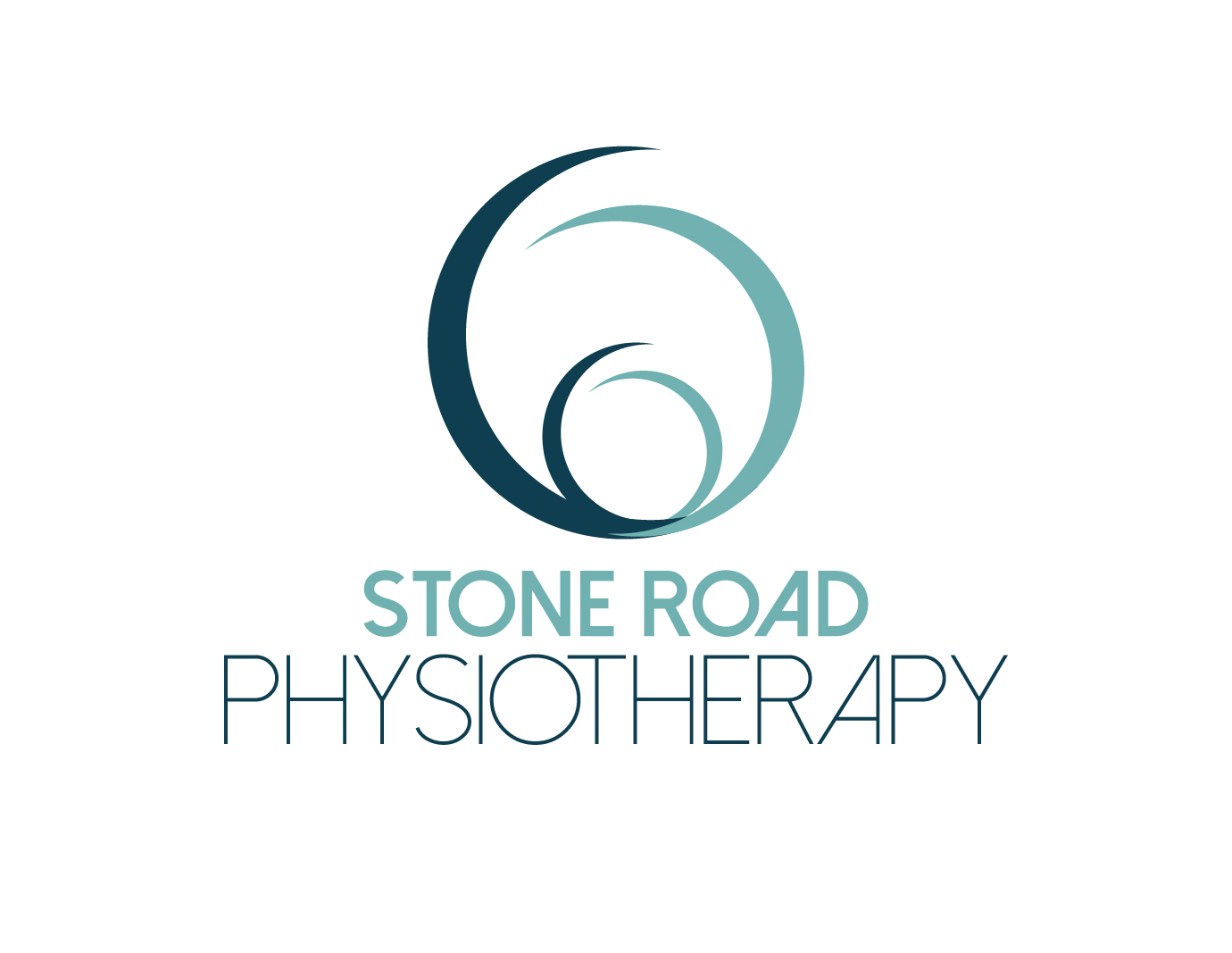Full training courses in injury prevention for retirement staff
- What is Restorative Care?
- Activities of Daily Living
- Working with Residents with Cognitive Impairments
- Feeding
- Fall Prevention
- Catheter Care
- Infection Control
- Control Nutrition and Hydration
Description: This 30 minute presentation is geared towards front line workers and provides information on the legislative changes that are now driving the approach to service delivery in long term care settings.
Objectives: On completion of this presentation participants will be able to:
- Describe the restorative care philosophy
- Identify the goals of restorative care and the benefits of this care approach
- Identify the negative effects of not utilizing this approach.
Description: This 45 minute presentation gives information on how to promote residents’ safety and independence in Activities of Daily Living, and how to assist residents with bathing, dressing, and grooming
Objectives: On completion of this presentation participants will be able to:
- Describe how to assist and promote the residents’ independence in performing Activities of Daily Living
- List several safety precautions to take when bathing residents
- Describe skin care assessment
- Explain several ways to make dressing easier for residents
- List the steps of proper dental care
- Caring for catheters
Maximum enrolement for training program: 8
Description: This 45 minute presentation gives information on interventions to maintain and improve communication and independence of residents who are cognitively impaired. Practical strategies to address challenges in long term care settings will be discussed.
Objectives: On completion of this presentation participants will be able to:
- List two types of cognitive impairment.
- Describe specific signs of memory problems and impaired decision-making.
- Explain the importance of maintaining and improving communication and independence of residents who are cognitively impaired.
- Give examples of how the environment affects residents with cognitive impairments.
- Demonstrate ways of effectively communicating with residents who have cognitive impairments.
- List goals for improving the independence of residents with cognitive impairment.
- Demonstrate an understanding of how to cope with residents who are resistive to care.
Description: This 45 minute presentation gives information on assisting residents in the dining room, feeding residents, and protecting residents from choking.
Objectives: On completion of this presentation participants will be able to:
- Describe how to get residents ready for mealtime.
- List several environmental factors that affect the dining experience.
- Review of positional issues that affect feeding.
- List several ways to assist with meals in the dining room.
- Describe signs of choking, and what to do when choking occurs.
Description: This 45 minute presentation gives information on risk factors for falls and interventions to prevent falls.
Objectives: On completion of this presentation participants will be able to:
- Define a fall.
- List risk factors for falls.
- Describe the relationship of restraints to falls.
- Describe environmental modifications to help prevent falls.
- List several ways to promote safe ambulation.
- Identify assessments and documentation standards.
Description: This 30 minute presentation gives information on caring for residents with urinary catheters and preventing urinary tract infections.
Objectives: On completion of this presentation participants will be able to:
- Describe catheter and perineal care
- Explain why the elderly are more prone to urinary tract infections
- List several signs and symptoms of a urinary tract infection
- List several interventions to prevent urinary tract infections
Description: This 30 minute presentation gives information on work practices that promote infection control.
Objectives: On completion of this presentation participants will be able to:
- Define Standard Precautions.
- List several situations that require hand washing.
- Describe the proper way to wash hands.
- List several situations that require the wearing of gloves, masks, goggles, or gloves.
- Describe the proper handling of soiled linen.
Description: This 30 minute presentation gives information on work practices that promote infection control.
Objectives: On completion of this presentation participants will be able to:
- Define Standard Precautions.
- List several situations that require hand washing.
- Describe the proper way to wash hands.
- List several situations that require the wearing of gloves, masks, goggles, or gloves.
- Describe the proper handling of soiled linen.
- Wandering
- Pain Management
- Range of Motion
- Restraints
- Sensory and Communication Impairments
- Skin Care
- Transfers and Lifts
- Urinary Incontinence: Management and Treatment
Description: This presentation gives information on how to protect the wandering resident and optimize his quality of life.
Objectives: On completion of this presentation participants will be able to:
- List several problems related to wandering.
- Give interventions to maintain the wandering resident’s safety.
- Describe ways to structure activities for the wandering resident.
- Explain what actions to take when a resident is missing.
Description: This 45 minute presentation gives information on causes, signs, and symptoms of pain, pain indicators in cognitively impaired residents, and interventions to help alleviate pain.
Objectives: On completion of this presentation participants will be able to:
- List several resident rights related to pain
- Define qualitative descriptions of pain, and give several examples
- List several non-verbal indicators of pain
- Describe several interventions to help alleviate pain
Description: This 30 minute presentation gives information on consequences of limited range of motion, and how to safely perform active and passive range of motion exercises.
Objectives: On completion of this presentation participants will be able to:
- Define range of motion.
- Describe the consequences of losing normal range of motion.
- Demonstrate how to safely perform range of motion exercises.
Description: This 30 minute presentation gives information on reducing restraint use and using restraints safely.
Objectives: On completion of this presentation participants will be able to:
- Describe the effect of restraints on resident falls
- Explain the role of consent in restraint use
- Describe the different types of physical restraints
- Name several alternatives to restraint use
- List the resident needs to be monitored when a resident is restrained
Description: This 30 minute presentation gives information on interventions to maintain and improve communication and independence of the resident with sensory or cognitive impairments.
Objectives: On completion of this presentation participants will be able to:
- Describe three forms of sensory and communication impairments.
- Demonstrate how to effectively communicate with residents who have these impairments.
- List interventions to promote safety and independence for residents who have these impairments.
- Describe how to put on and maintain visual and hearing aid.
Description: This 45 minute presentation gives information on preventing pressure ulcers and skin tears.
Objectives: On completion of this presentation participants will be able to:
- List risk factors for skin breakdown
- Describe interventions to prevent pressure ulcers
- Explain what to do when finding a skin tear
- List causes of skin tears
- Describe interventions to prevent skin tears
- Identify positioning and pressure redistribution surfaces that aid with maximizing skin integrity.
Description: This 45 minute presentation gives information on preventing back injuries and how to safely lift and transfer residents.
Objectives: On completion of this presentation participants will be able to:
- List steps to take if back injury is suspected
- Demonstrate safe lifting and transfer techniques
- Demonstrate proper use of draw sheet, gait belt, transfer belt, sling lift, and powered standing assist device
- Explain how to assist a falling resident
- Demonstrate proper placement and removal of a transfer sling under a resident who is in bed or in a wheelchair.
Description: This presentation gives information on types of urinary incontinence, and gives interventions for maintaining and improving continence.
Objectives: On completion of this presentation participants will be able to:
- List several undesirable effects of urinary incontinence
- Describe three types of urinary incontinence
- Define two kinds of incontinence programs
- Identify risk factors for incontinence
- Give several interventions to provide care and comfort for the incontinent resident
- Demonstrate an understanding of assessment and documentation required.

Preventing Elder Abuse.

